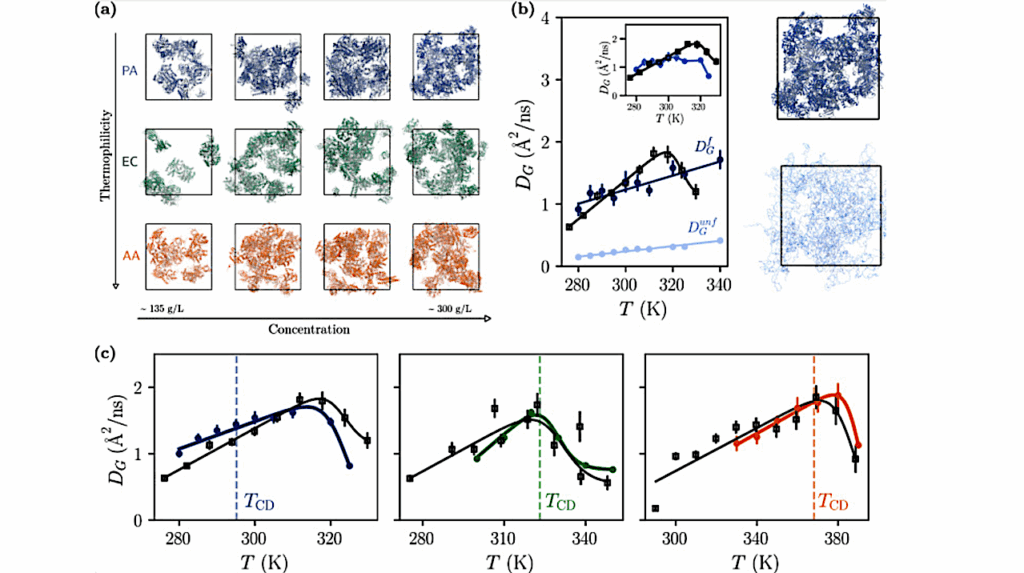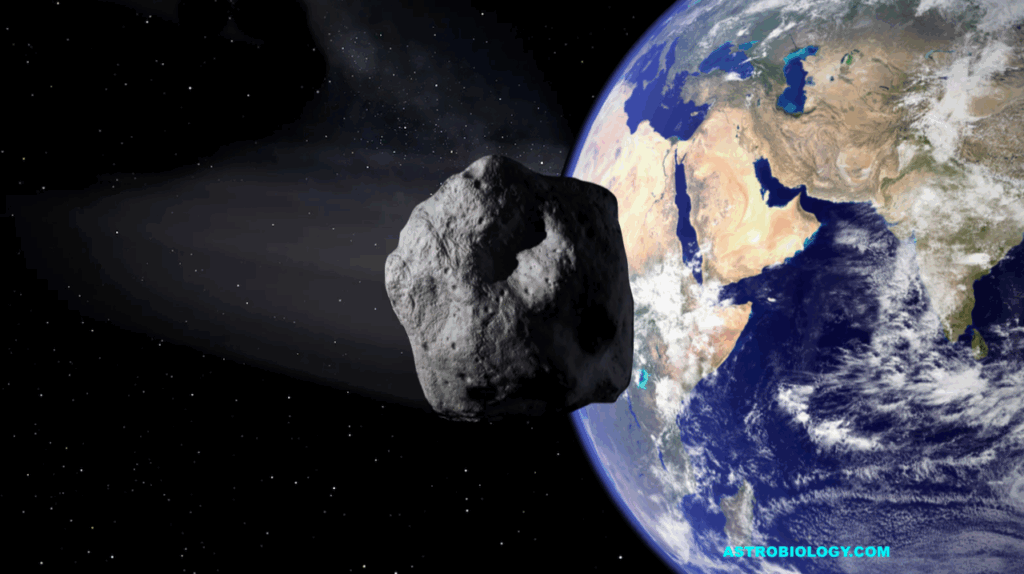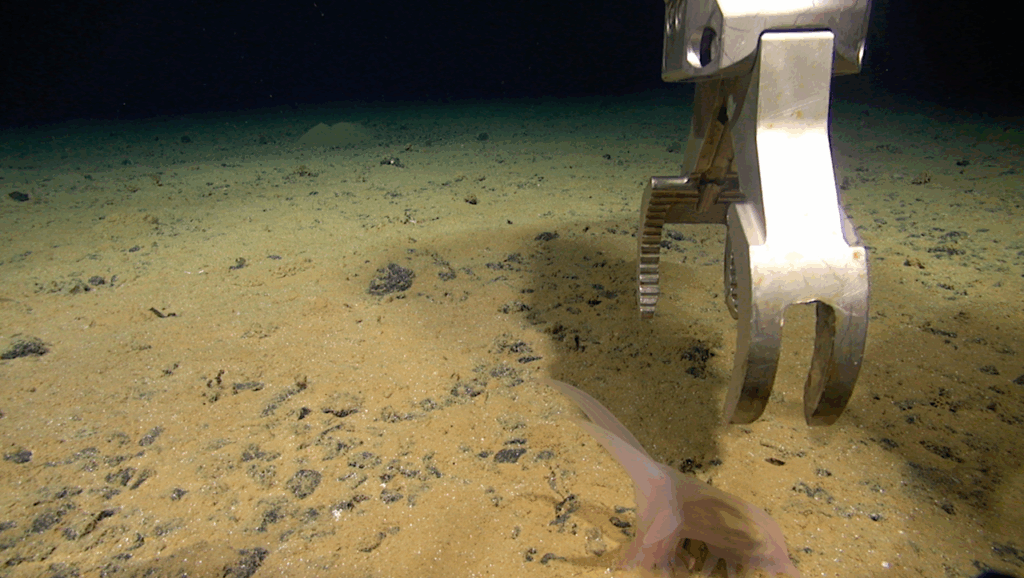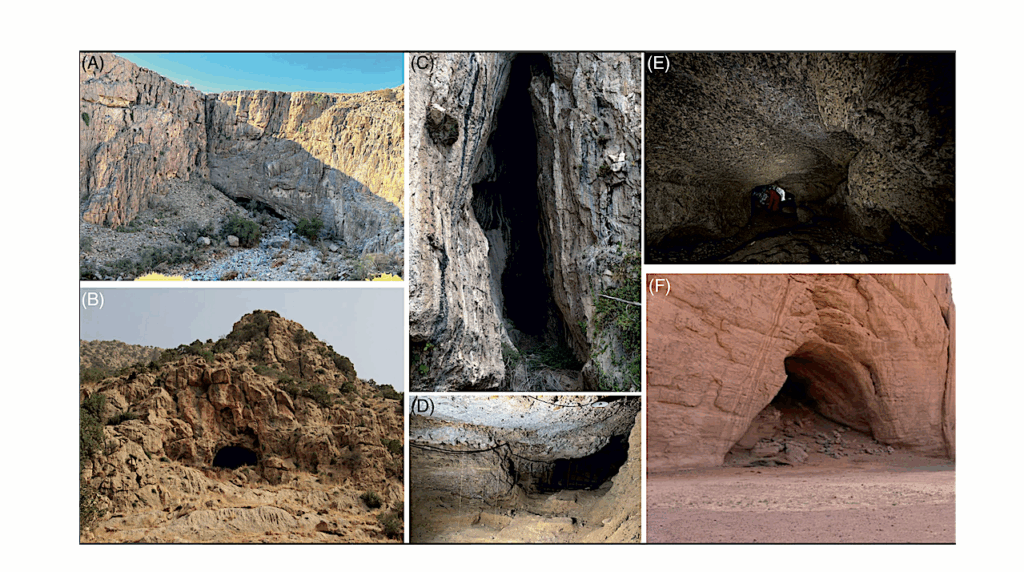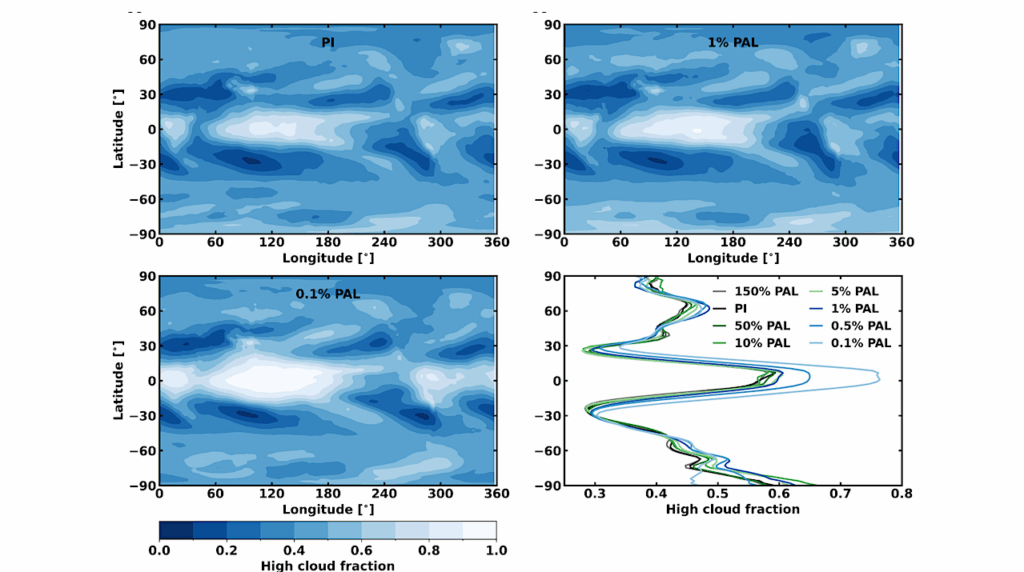Relative Habitability Of Exoplanet Systems With Two Giant Planets

The architecture of a planetary system can influence the habitability of a planet via orbital effects, particularly in the areas of stability and eccentricity.
Some of these effects are readily apparent, particularly when they occur on short timescales that are easily numerically calculable. However, the appearance and evolution of life can take place on gigayear timescales, long enough that secular effects become important. These effects are difficult to investigate, as a direct integration requires significant computational time. In this paper, we apply a semi-analytic framework in conjunction with N-body integrations and predictive techniques to determine the relative habitability for an Earth-like planet in a system with two giant companions over a multidimensional parameter space.
Relative habitability quantifies the integrated habitability probability compared to a system containing only a single Earth-like planet. We find trends with mass, eccentricity, location, spacing, inclination, and alignment of the giant planets, including configurations where the system is more habitable due to the giant planets. As long as the system remains stable, a moderate eccentricity excitation of the terrestrial planet can be beneficial by increasing the outer boundary of the habitable zone through higher mean irradiance.
In our simulations, the median (±1σ) habitable planet has an eccentricity of 0.11 (+0.16, -0.08), though it started circular. Low-mass, widely separated, and moderately eccentric perturbing giants can accomplish this, an “ultra-habitable” configuration of companions.
Nora Bailey, Dan Fabrycky
Comments: 17 pages,16 figures, submitted to MNRAS
Subjects: Earth and Planetary Astrophysics (astro-ph.EP)
Cite as: arXiv:2205.02777 [astro-ph.EP] (or arXiv:2205.02777v1 [astro-ph.EP] for this version)
Submission history
From: Nora Bailey
[v1] Thu, 5 May 2022 16:59:13 UTC (394 KB)
https://arxiv.org/abs/2205.02777
Astrobiology,



